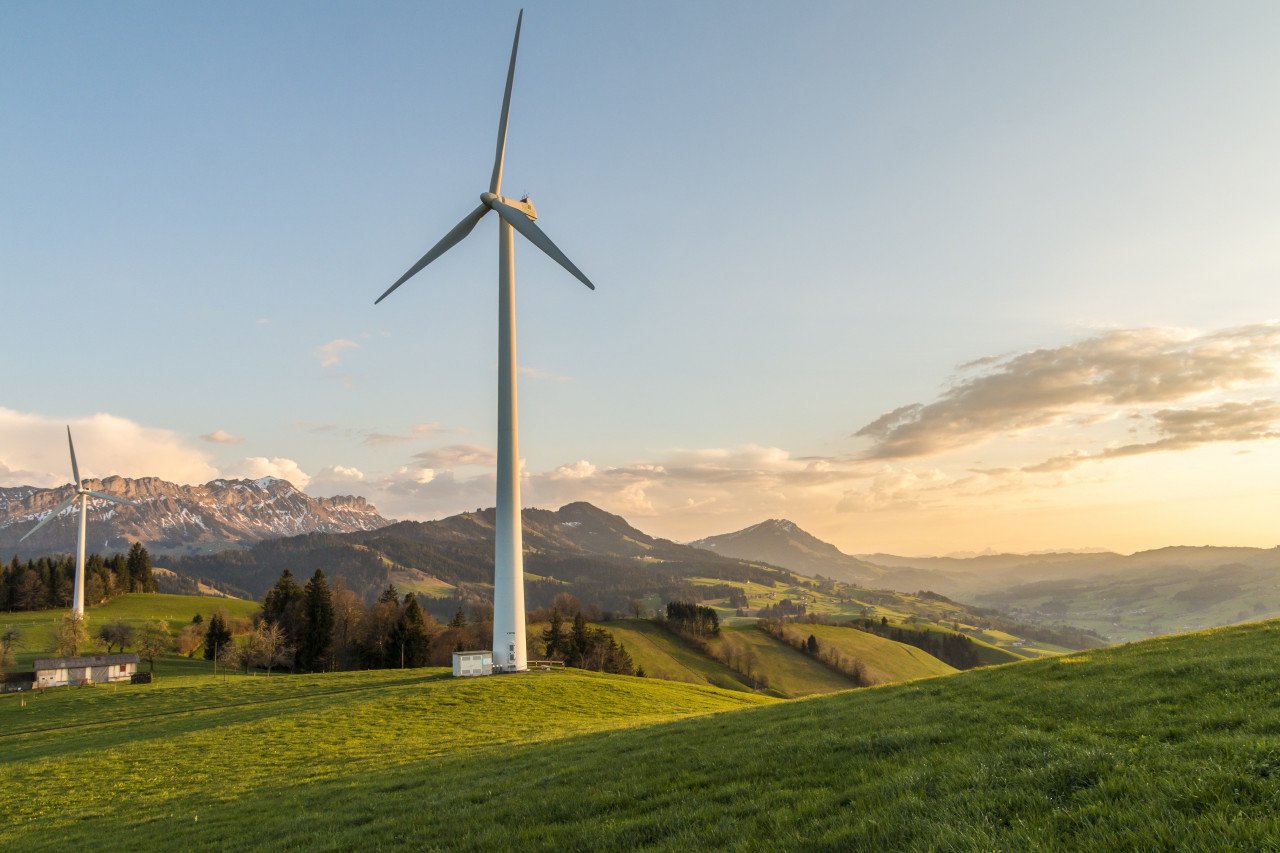Global solar and wind capacity needs to touch 10 terawatts (TW) by 2030 from 2 TW now if the world is to avoid a climate cliff, according to Climate Analytics.
The report by the climate think tank was released in Bonn, Germany, on the sidelines of the UN climate conference.
According to the report, the world needs to add 1.5 TW of new wind and solar capacity per annum till 2030, that's a five-fold increase from 2022 addition of 0.3 TW. The International Energy Agency estimates the world will add 107 GW of renewable capacity this year, the highest absolute increase in renewables capacity. Officials such as Francesco La Camara, Director General of the International Renewable Energy Agency (IRENA) have told ETN these numbers are too small, and that additions need to reach 1,000 GW per annum.
Climate Analytics says total global wind and solar capacity should touch 10 TW by decade's end, and that the target is achievable if the world maintains recent acceleration in capacity additions.
The firm's other prescriptions include doubling the share of renewables in the global energy mix to 70 percent from around 30 percent at present; cutting fossil fuel production by 60 percent over the decade through a staggered, six percent reduction every year starting 2022; and a 48 percent reduction in global greenhouse gas emissions by 2030, relative to the 2019 baseline.
The agency warns that the Global Methane Pledge – to cut methane emissions 30 percent from 2020 levels by 2030 – isn't sufficient to meet climate targets. Instead, the report posits a 34 percent drop over the decade, but demands the energy sector reduce methane emissions by 66 percent by 2030, or twice as fast as other sectors.
The report warns that the rapidly falling costs of wind and solar power components could make carbon capture and storage (CCS) an unfeasible way of decarbonizing the power sector.
Climate Analytics says its Paris-compatible pathways show "at best" a marginal role for fossil fuel CCS, which would make up only 0.1 percent of global electricity generation in 2030.

At Bonn UNCCC, COP28 President calls for 'just' and 'balanced' energy transition, voice for Global South
Read More

